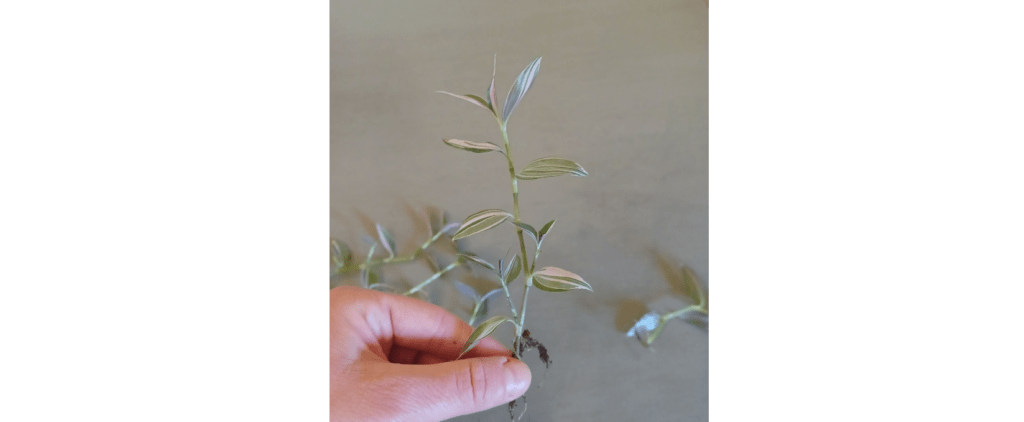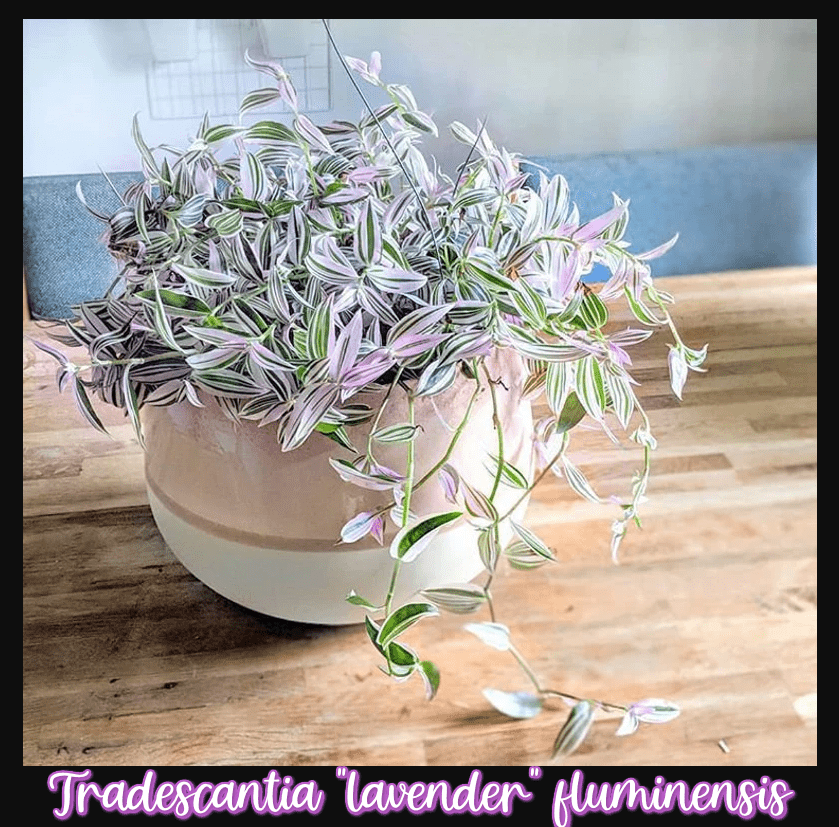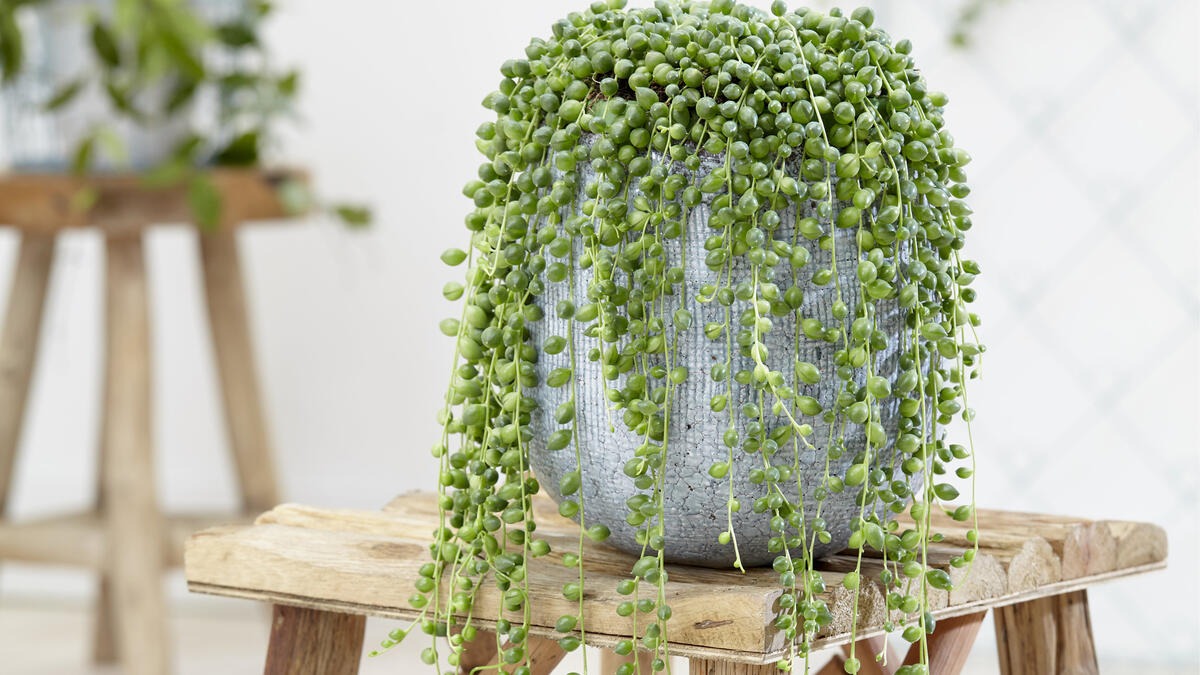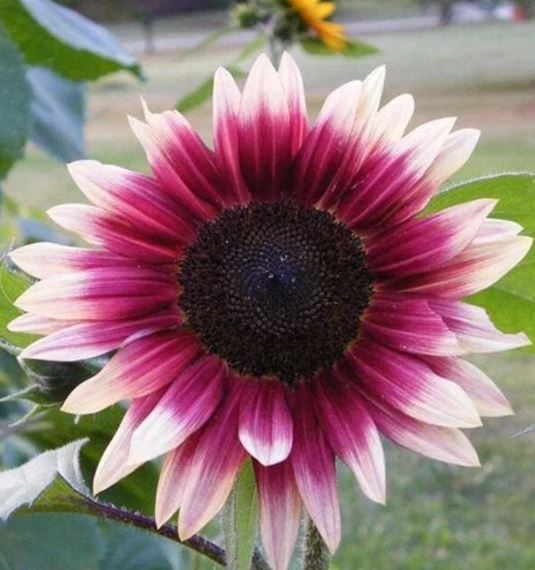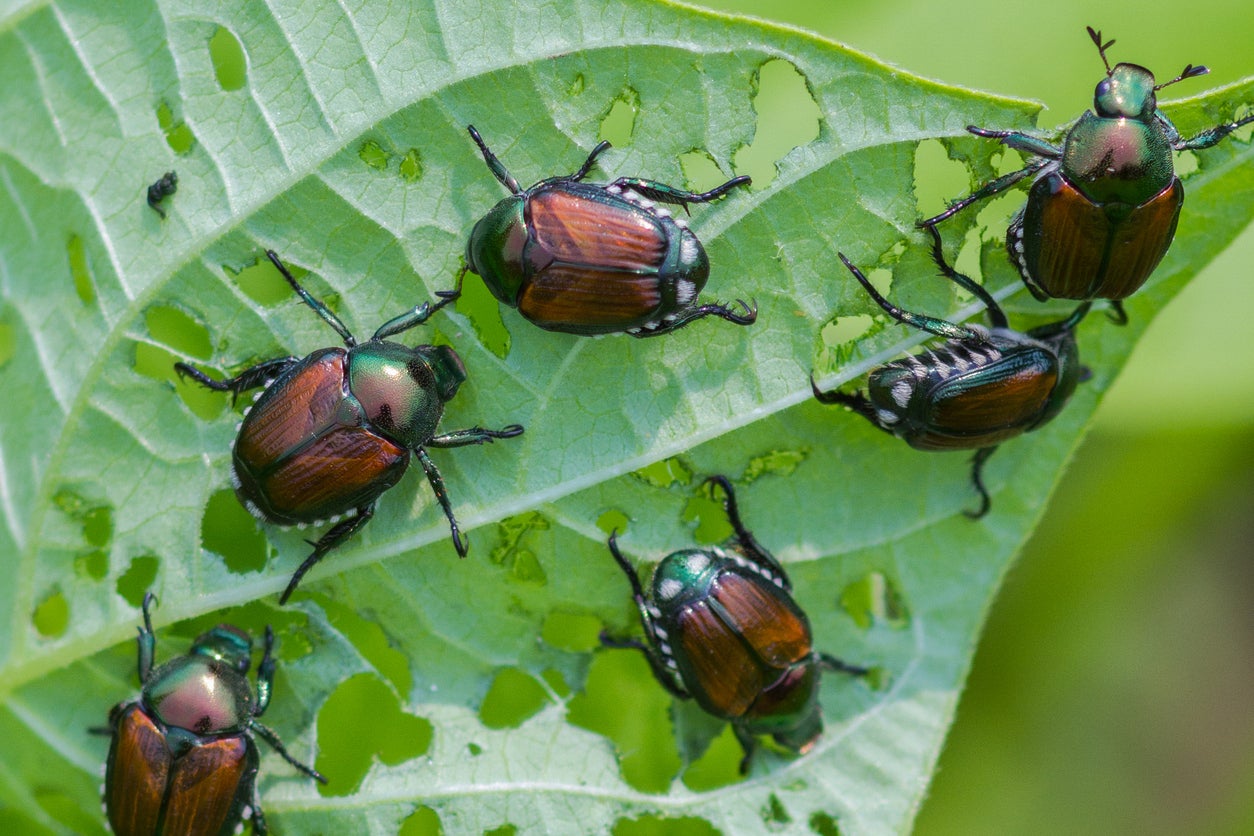Tradescantia lavender, also known as wandering Jew or purple heart, is a flowering plant native to the tropical regions of Central and South America.
It is commonly found in humid, subtropical environments such as rainforests, but has also been introduced and naturalized in many other parts of the world, including North America, Europe, and Asia.
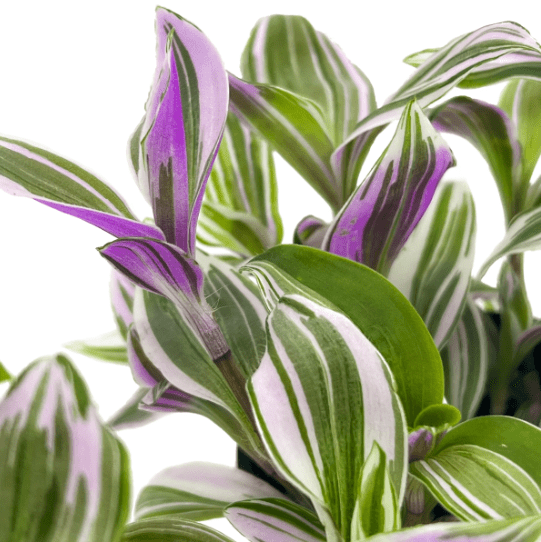
In its natural habitat, Tradescantia lavender fluminensis grows in areas with well-draining soil and partial to full sunlight. It is a fast-growing plant that thrives in warm temperatures and can tolerate some drought conditions. However, it prefers regular watering and will benefit from regular fertilization.
This fluminensis is known for its distinctive purple foliage and is often used as a groundcover or trailing plant in gardens.
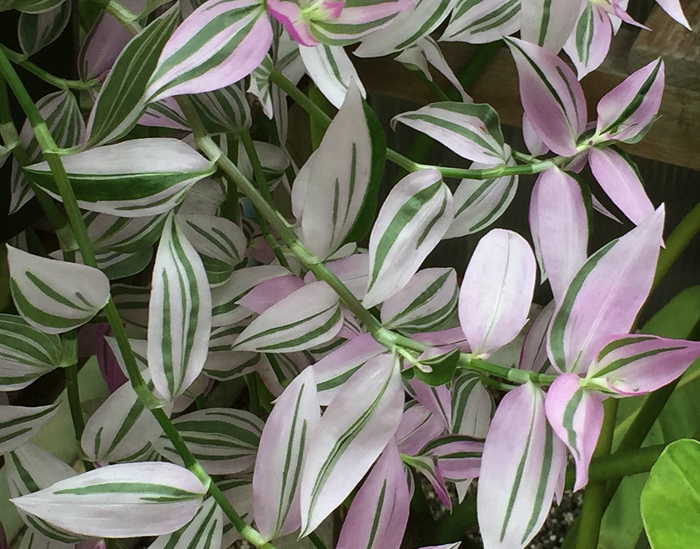
It is also popular as a houseplant due to its ability to thrive in a variety of lighting conditions.
In order to keep the plant healthy, it is important to provide it with the proper care, including regular watering and fertilization, and to keep it protected from extreme temperature fluctuations.

The climate in which Tradescantia lavender thrives is characterized by high humidity and moderate to high temperatures. It prefers well-draining soil that is kept consistently moist, but not waterlogged.
It is a low-maintenance plant that can tolerate partial shade, but thrives in bright, indirect light, especially in cooler environments.
Tradescantia lavender is an attractive, trailing plant with long, slender stems and small, purple-colored leaves. It produces small, purple or white flowers that bloom throughout the year, depending on the climate and the care it receives.
It is a fast-growing plant that can reach up to 3 feet in length, making it a popular choice for hanging baskets or as a ground cover.

How To Care For Tradescantia Lavender Fluminensis
Despite its tropical origins, Tradescantia lavender fluminensis is quite adaptable and can be grown in a variety of environments, as long as it receives the right care. It prefers a soil pH of 6.0 to 6.5 and thrives in a well-draining, organic soil mix.
It is sensitive to cold temperatures and should be protected from frost and freezing temperatures. In cooler climates, it can be grown as a houseplant or in a greenhouse.
To keep Tradescantia lavender healthy and thriving, it is important to water it regularly, but avoid overwatering, which can lead to root rot.
Fertilize the plant once a month during the growing season with a balanced, water-soluble fertilizer. Prune the plant regularly to remove any dead or damaged stems and encourage new growth.
Overall, Tradescantia lavender fluminensis is a versatile, low-maintenance plant that is well-suited for a variety of climates and environments. It is an attractive, flowering plant that adds color and texture to any garden or home. With the right care and attention, it can thrive and bring a touch of tropical beauty to any space.
Tradescantia Fluminensis Propagation

Tradescantia fluminensis (also known as spiderwort) is a relatively easy plant to grow and can be propagated in water. Here’s how to do it:
- Fill a jar or glass with water and place it in a location with indirect sunlight.
- Cut a stem from a mature Tradescantia plant, making sure to include a few leaves.
- Remove any leaves that will be below the water line, as they will rot in the water.
- Place the stem in the jar or glass of water, making sure that the cut end is submerged.
- Change the water every 3-4 days to prevent it from becoming stagnant.
- After a few weeks, you should see roots starting to form. Once the roots are a few inches long, you can transplant the Tradescantia into soil.
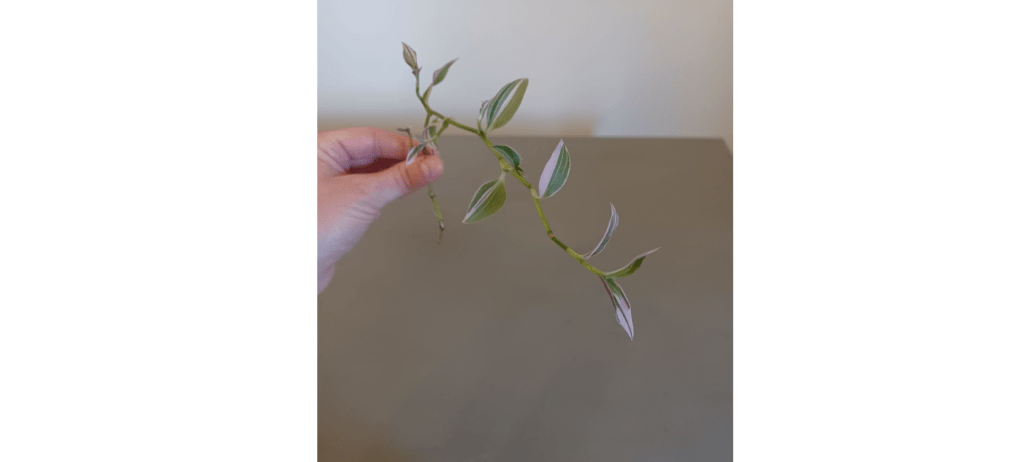
It’s important to keep in mind that Tradescantia fluminensis grown in water will not be as vigorous as those grown in soil, and they may not bloom as often. However, they are still a beautiful and easy plant to care for.
